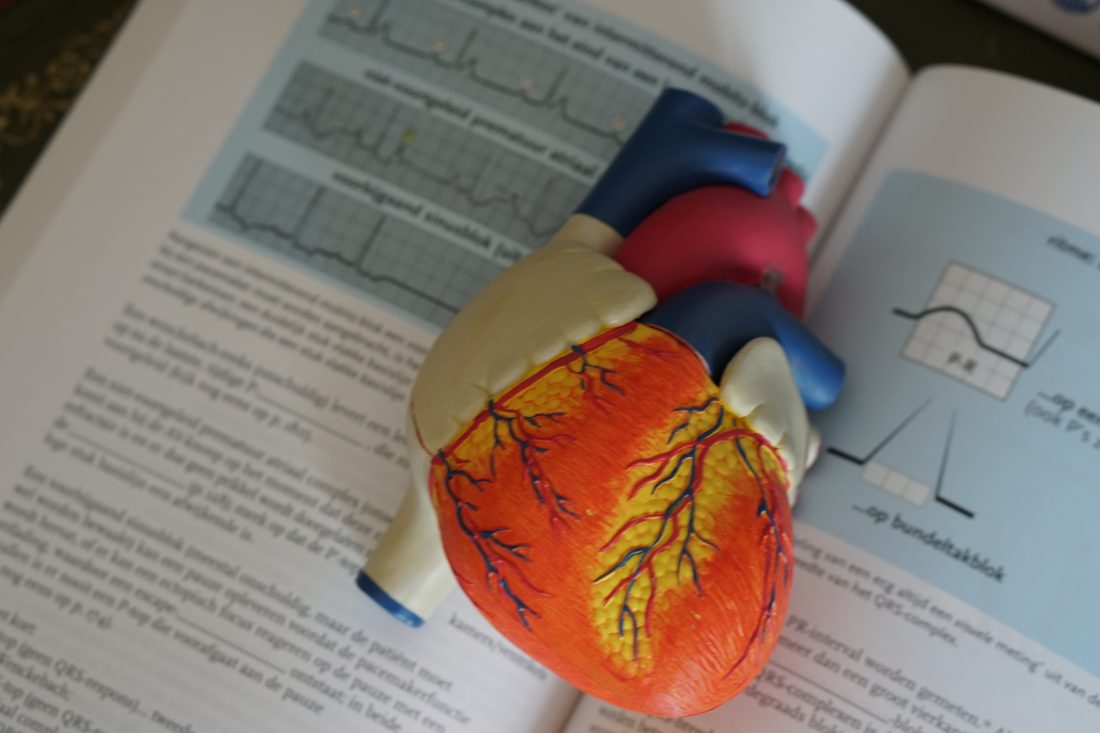If you are worried that you may have developed cataracts but you are not ready to be officially diagnosed by your doctor, then the below article should help you to identify whether or not you are suffering with this extremely common eye condition.
In the UK, one in three people have been affected by cataracts, with anyone being able to develop this condition regardless of their gender, ethnicity, or background. When it comes to determining if you have cataracts, this can be tricky as most cataracts develop gradually and do not disturb your eyesight early on.
That being said, there are certain signs and symptoms that you can look out for that could indicate you are suffering with cataracts.
1. Clouded or blurred vision
One of the common signs of cataracts, at first, you may find that the cloudiness only affects a small part of your eye, and you may be unaware of any vision loss. However, this will gradually worsen over time if your cataracts are left untreated.
2. Fading or yellowing of colors
Before cataract surgery, you may notice that colors appear to have a yellow-brownish tint or that they appear faded rather than vibrant and bright. If you do have cataracts, you will find this issue getting worse as your cataracts grow larger.
3. Difficulty with vision at night
Cataracts distort the light, meaning you may first notice that your eyesight is worse at night. Cataracts also lead to a loss of contrast sensitivity, which makes it harder to see in dim lighting.
4. Sensitivity to light
If you are suffering with cataracts, your eye lens is not as clear as it should be. Furthermore, any incoming light is scattered rather than following the usual path to the retina in the back of the eye. This leads to your vision becoming blurred and sensitive to light. In fact, patients with cataracts will experience a lot of problems with glare.
5. Seeing “halos” around lights
Another very common symptom, seeing “halos” around lights could indicate that you are developing either cataracts or glaucoma, which is another very common eye condition. However, you may also experience seeing “halos” as a result of laser eye surgery or from wearing glasses or contact lenses.
How to treat cataracts
Firstly, if you think that you may have cataracts, you should first go and see your doctor to be sure. Once diagnosed, you should be made aware of cataract surgery, a simple and quick procedure that involves removing the natural lens of the eye and the replacement of an artificial lens.
This surgery typically takes less than an hour, and you can usually go home the same day. Although, as with any surgical procedure, there are risks, these are extremely rare, and the enhanced quality of life that you will enjoy after surgery should outweigh any associated risks. Conduct plenty of research and find a surgeon close to where you live. If you choose to go down this route, make sure there will be someone there to look after you and help.


